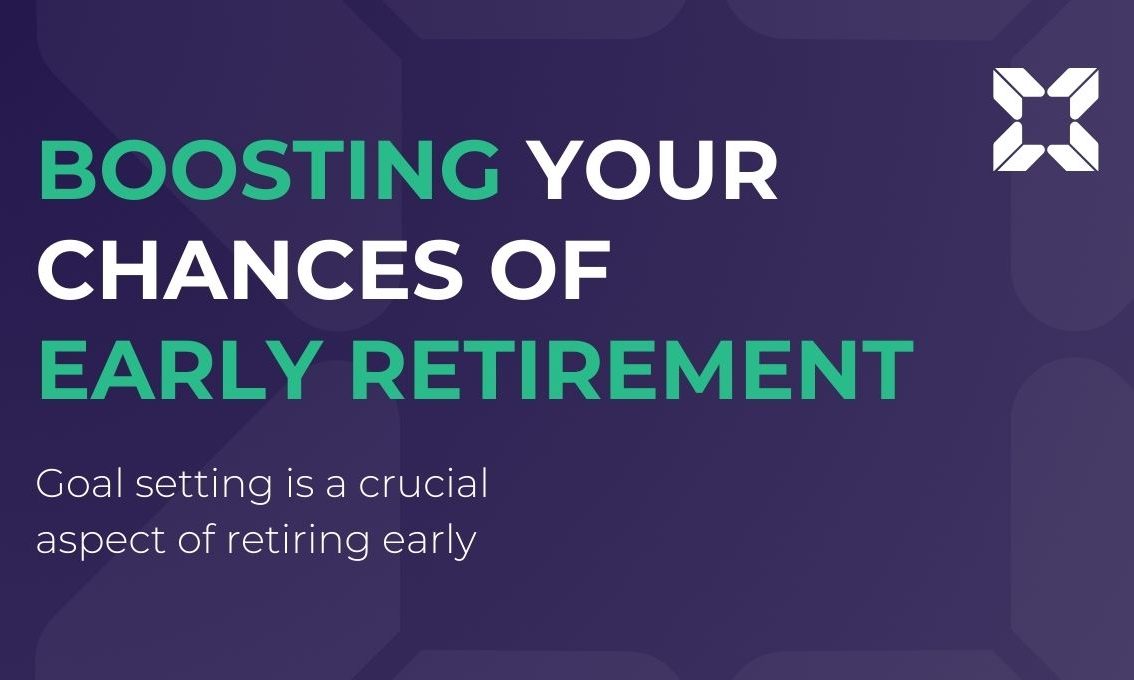
Pension & retirement

But since the introduction of auto-enrolment in 2012 – obliging businesses to offer staff access to a contributory workplace pension – employee pensions are literally everyone’s business.
I’ve advised employers of all kinds on employee pension schemes over the years to help recruit, retain and motivate their staff. Here are some of the key points to bear in mind as an employer – and how you can make employee pensions work for your business.
If you are an employer, you will need to offer some form of employee pension scheme.
If you deduct tax and National Insurance from an employee’s wages then you are usually regarded as an employer, even if you only have one or two members of staff.
You must enrol and make an employer’s contribution for all staff who:
If staff become eligible because of a change in their age or earnings, you must put them into your workplace pension scheme and write to them within 6 weeks of the day they meet the criteria.
You must pay a minimum of 3% of your employee’s qualifying earnings into your staff’s pension scheme.
Under most pension schemes, this is usually an employee’s total earnings between £6,240 and £50,270 a year before tax. Total earnings include:
If you wish to, you can choose to contribute more than 3% of an employee’s earnings, although there will be tax implications for doing so.
Employees must contribute at least 5% of their qualifying earnings to a workplace pension scheme. They may also receive tax relief on their pension contributions, which can further increase the amount going into their pension pot.
Employees usually have one month from the date they are enrolled on a workplace pension scheme to opt out. If they opt out after this time, any contributions they have made will usually remain in the pension pot until retirement.
Employers can offer two main types of workplace pension schemes: Defined Contribution (DC) and Defined Benefit (DB) schemes.
In a Defined Contribution scheme, the pension pot is built through contributions from the employer and employee. The final amount in the pot depends on investment performance.
Defined Benefit schemes, also known as final salary schemes, guarantee a specific income in retirement. This income is usually based on salary and length of service.
Most modern workplace pension schemes are Defined Contribution schemes since they generally offer more straightforward and predictable costs than Defined Benefit schemes.
There are a range of different pension options which you can pick from to offer as your workplace pension scheme, including specialist schemes for small employers.
These schemes will vary in terms of fees, expenses and investment approach. It can be challenging choosing which scheme is right for you, your business and your employees.
Factors you need to take into account include:
An independent financial adviser can search the whole of the market to find the best possible solution and help you comply with relevant regulations.
I’ve helped many businesses to navigate their way through the workplace pensions maze to find the best fit for their company, their employees and themselves.
Fairstone can also advise on other pension options including a Small Self-Administered Scheme (SSAS) or a group Self-Invested Personal Pension (SIPP) scheme. We can also advise on other aspects of workplace pensions such as salary sacrifice pension schemes.
Employee pensions are an unavoidable fact of life for UK businesses. But with the right approach and the right advice, they can be beneficial for you, your employees and your company.
Expert corporate financial planning advice can help you choose the scheme and ensure you fulfil your associated obligations.
If you’re an employer considering setting up a pension scheme or changing your scheme provider, get in touch with an adviser. They can talk you through the options and find out what’s best for you and your business.
| Match me to an adviser | Subscribe to receive updates |
Disclaimer: This article is for informational purposes only and does not constitute financial, tax, or legal advice. Tax treatment depends on individual circumstances and may change. Always seek professional advice before making financial decisions.